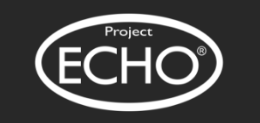October 7, 2025

On-Demand Webinar: Driving Audit Excellence: Understanding Statistical Modeling & High-Impact Coding Solutions
For compliance leaders, revenue cycle teams and legal counsel, audits are nothing new – but when the numbers don’t make sense, the stakes skyrocket. Statistically invalid findings can trigger major repayment demands, disrupt operations and damage reputations.
In this session, you’ll learn how to recognize audit risk early, safeguard coding accuracy in high-risk specialties like cardiology, and coordinate legal, compliance and coding resources for the strongest possible defense.
Insights Include:
- Early indicators your organization may be vulnerable to adverse audit outcomes,
- Coding safeguards to protect high-dollar, high-complexity claims, and
- Real-world lessons from successful and unsuccessful appeal strategies.
Cost: Free
Click Here to Access this On-Demand Webinar





